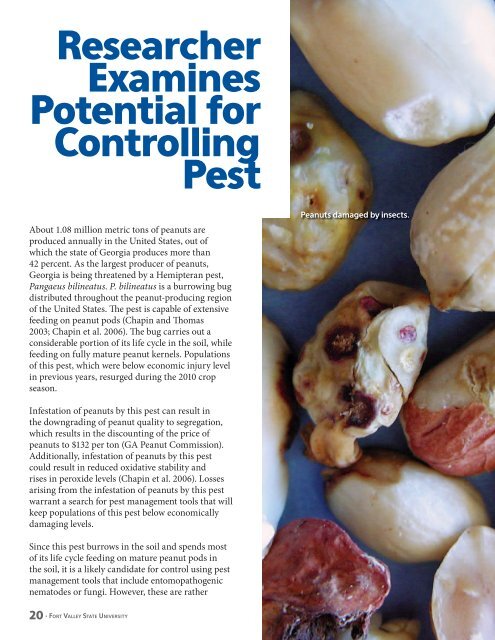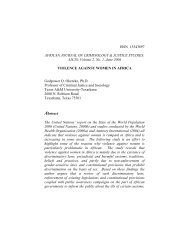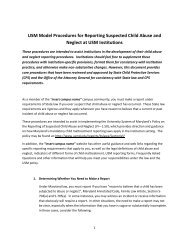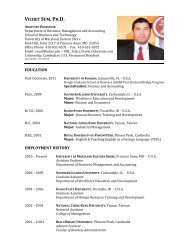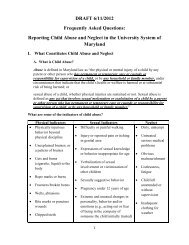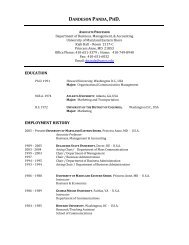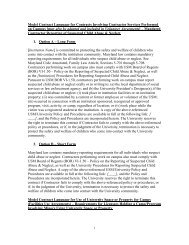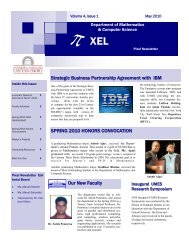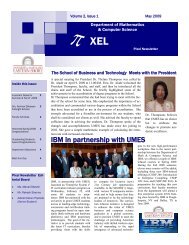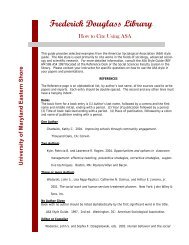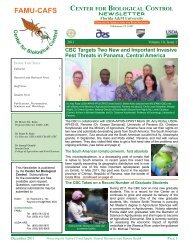FVSU Research Report 2012 - Fort Valley State University
FVSU Research Report 2012 - Fort Valley State University
FVSU Research Report 2012 - Fort Valley State University
Create successful ePaper yourself
Turn your PDF publications into a flip-book with our unique Google optimized e-Paper software.
<strong>Research</strong>er<br />
Examines<br />
Potential for<br />
Controlling<br />
Pest<br />
About 1.08 million metric tons of peanuts are<br />
produced annually in the United <strong>State</strong>s, out of<br />
which the state of Georgia produces more than<br />
42 percent. As the largest producer of peanuts,<br />
Georgia is being threatened by a Hemipteran pest,<br />
Pangaeus bilineatus. P. bilineatus is a burrowing bug<br />
distributed throughout the peanut-producing region<br />
of the United <strong>State</strong>s. The pest is capable of extensive<br />
feeding on peanut pods (Chapin and Thomas<br />
2003; Chapin et al. 2006). The bug carries out a<br />
considerable portion of its life cycle in the soil, while<br />
feeding on fully mature peanut kernels. Populations<br />
of this pest, which were below economic injury level<br />
in previous years, resurged during the 2010 crop<br />
season.<br />
Peanuts damaged by insects.<br />
Infestation of peanuts by this pest can result in<br />
the downgrading of peanut quality to segregation,<br />
which results in the discounting of the price of<br />
peanuts to $132 per ton (GA Peanut Commission).<br />
Additionally, infestation of peanuts by this pest<br />
could result in reduced oxidative stability and<br />
rises in peroxide levels (Chapin et al. 2006). Losses<br />
arising from the infestation of peanuts by this pest<br />
warrant a search for pest management tools that will<br />
keep populations of this pest below economically<br />
damaging levels.<br />
Since this pest burrows in the soil and spends most<br />
of its life cycle feeding on mature peanut pods in<br />
the soil, it is a likely candidate for control using pest<br />
management tools that include entomopathogenic<br />
nematodes or fungi. However, these are rather


